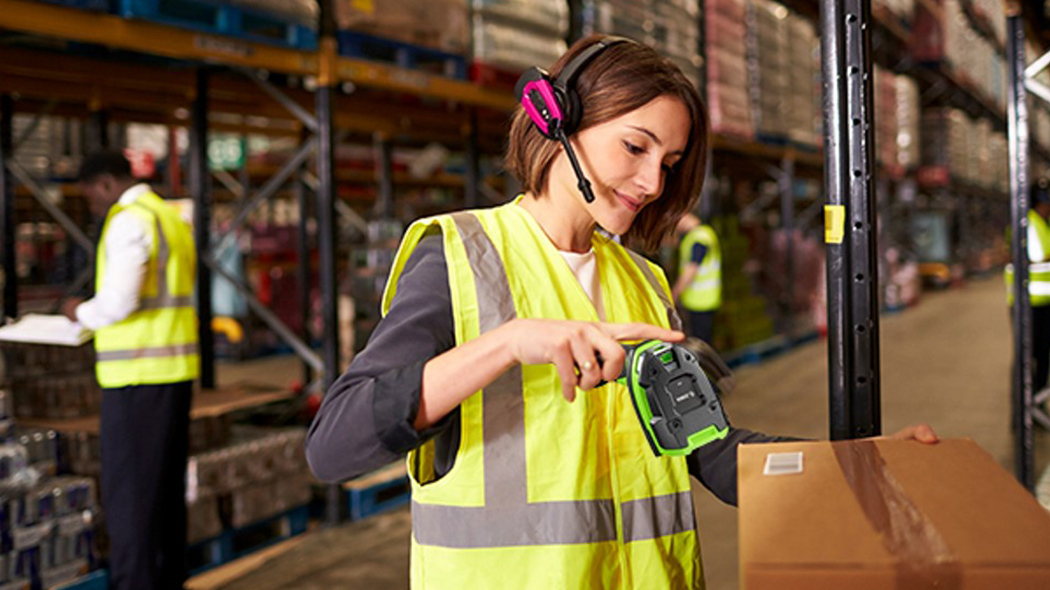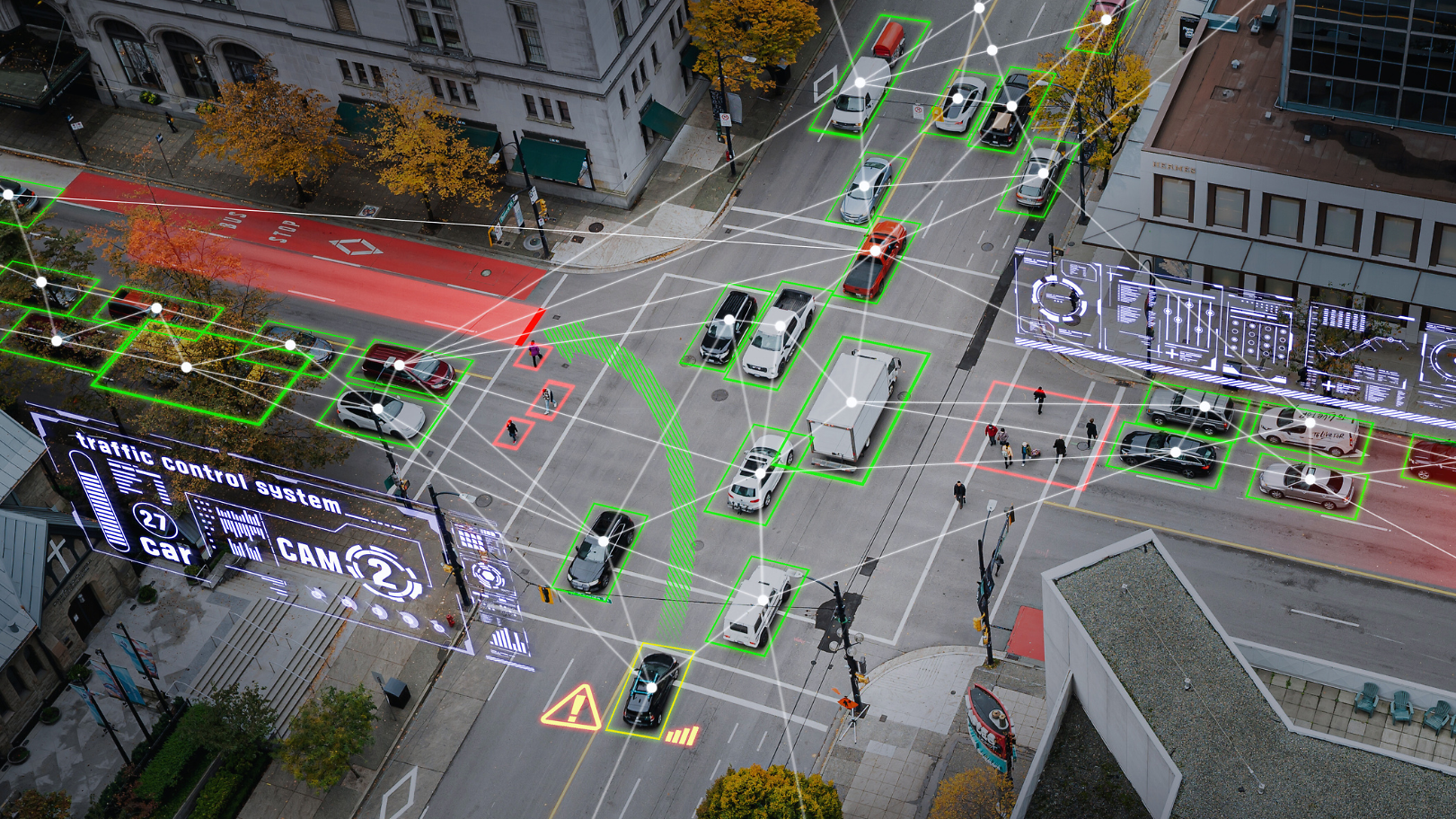Barcode Scanner as a Service
29.07.2020 by Ümit Günes

Barcode scanners are used in nearly all lines of business. Many firms find buying them and dealing with the finance, choosing a wireless carrier, device management and maintenance very complex. Telekom’s service bundle makes it so much simpler.
Barcodes are read on soup cans in the supermarket or on pallets in the warehouse, on tickets for concerts or on babies’ bracelets in hospitals. Life without barcode scanners has become inconceivable in the day-to-day activities of many enterprises. Every product with a barcode is on average scanned five times in the course its life cycle. If you organize logistics in your own company or with partners in, say, the automotive industry you can no longer manage without digital scanning technology. Scanners are also used in smart metering, or reading digital gas or electricity meters.




